Panamanian Coffee producing area Pocket Manor introduces the Historical Story of Rose Summer Coffee Bean in Jade Manor
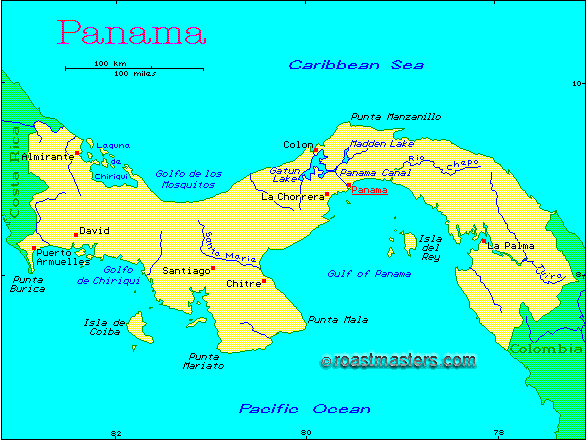
Panama is a rising star in the boutique coffee industry. In Boquete, in particular, farmers are taking Arabica coffee cultivation to new levels, and recent small boutique auctions have set record, if not stupid, prices. Still, some of the coffee is great. Gesha is a variety from Ethiopia and has been planted here with good success, while the other varieties mentioned above can also produce excellent results.
Population (2018): 4.1 million
Coffee output: 100000 bags (60 kg)
Country bag capacity: 132 lbs-60 kg
Domestic consumption: 50000 bags
Coffee export: 50000 bags
Acreage: 26000 ha (64200 acres)
Harvest: October to February
Arabica Coffee introduction: Arabica coffee was imported from Costa Rica in 1820.
Specialty coffee producing areas: Boquete and Volcan, Volcan Baru near Chiriqui.
Grade: strict hard beans (SHB), HB.
Farms: about 30000 farms.
Plant varieties: Typica, Caturra, Gesha, Catuai, Pacamara.
When it comes to Rose Summer, we must introduce the famous Panamanian Jade Manor.
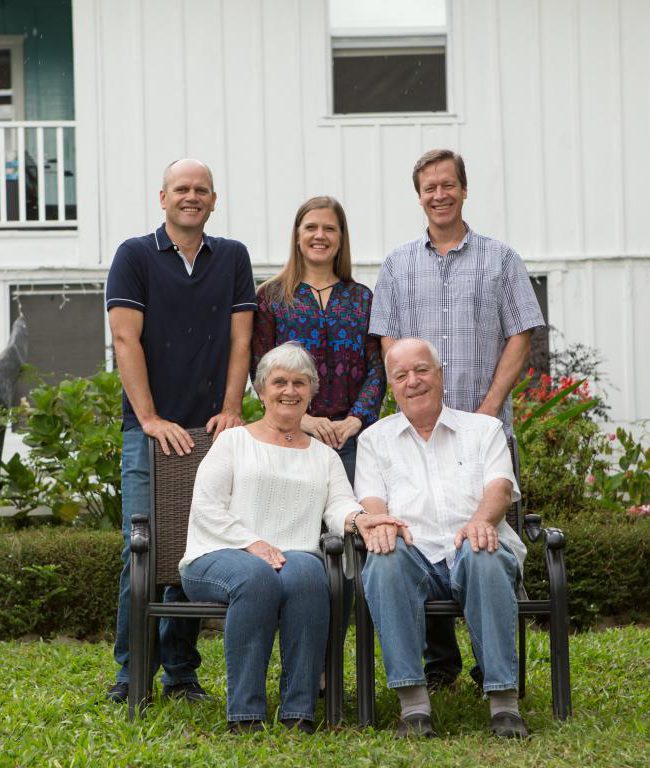
The land that formed Hacienda La Esmeralda was first merged into a single manor by a Swede named Hans Elliot in 1940. The land covers several hundred hectares and is located on what is now the Palmira and Ca ñ as Verdes farms. In 1904, a Swedish-American banker named Rudolph A. Peterson (1967-2003) bought Hacienda La Esmeralda as a retirement company. At that time, the land was mainly a pasture for beef cattle, mixed with a small amount of coffee.
By 1975, the Petersons had turned their farm into cows, which performed quite well and still account for half of Esmeralda's land. In the mid-1980s, the family sought further diversification, and coffee with a rich production history in the Boquete region was an excellent opportunity.
Coffee has been grown on and around Hacienda La Esmeralda since at least 1890, and it was this vast pool of coffee knowledge and culture that helped Peterson redevelop most of their coffee land, even in Palmira in 1988. Now, it is worth mentioning that coffee is almost entirely an undifferentiated mass market in Panama. It was not until the mid-1990s that some North American coffee buyers began to talk widely about specialty coffee.
In 1997, Petersons bought the land, which later became Jaramillo Farm. The plot on both sides of Volcan Baru is specially selected for its high altitude, hoping to develop a higher score, more lively, more delicate coffee. In other words, growing the famous geisha coffee on this farm is just a chance, and you can read a story here in depth.
After the 2004 event and the official appearance of a geisha at the best auction in Panama, Peterson focused most of his attention on developing the infrastructure to support excellent batch separation, meticulous handling and healthy auction formats. With the increase of auction price, the demand for experiments such as natural processing is getting higher and higher, and the specificity of batches is getting higher and higher.
Delivering this infrastructure allows Hacienda La Esmeralda to look to the future with confidence, and in 2007, the Petersons began a 10-year coffee variety research project. More than 400 different varieties (or subvarieties) are planted at high elevations on Hacienda La Esmeralda's newest farm, El Velo.
It is found that the amazing flavor and fragrance of a geisha is a coincidence of high separation from the location. It is hoped that other interesting and exciting combinations of diversity and microclimate can be found by carefully planting many seeds at high elevations, some of which come from the same species bank that originated in geisha.
Of course, in addition to the Emerald Manor, there are other high-quality estates in the coffee paradise of Pokuit, Panama, such as
Finca Auromar Geisha Natural Manor in Panama also has excellent rosy summer species, in addition to Kotowa Duncan and Elida Estate are very good coffee estates, each has its own advantages.
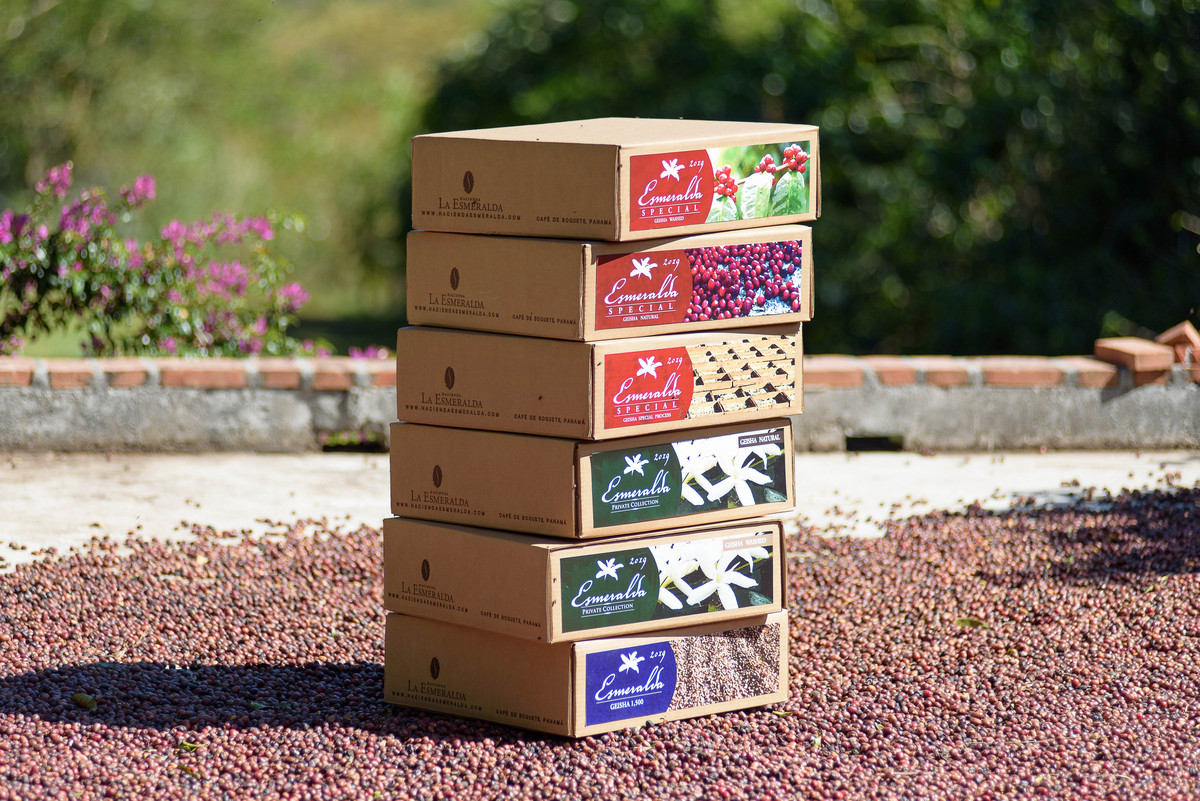
Important Notice :
前街咖啡 FrontStreet Coffee has moved to new addredd:
FrontStreet Coffee Address: 315,Donghua East Road,GuangZhou
Tel:020 38364473
- Prev
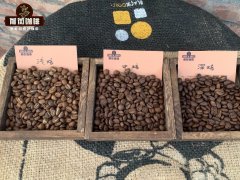
The difference between light-roasted coffee and deep-roasted coffee how to drink the coffee beans in the right amount?
Vitamins, minerals and antioxidants in deep-roasted coffee can provide important health benefits. For example, riboflavin is an important component of healthy cell growth and development. It helps maintain your blood and helps your body process amino acids into usable forms. Deep-roasted coffee is also pantothenic acid or vitamin B5.
- Next
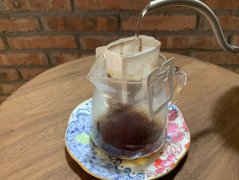
What water does Water for coffee use to make coffee? perfect water quality conditions for good brewers of coffee.
You may have some knowledge of coffee. From beginner lovers to the latest and best barista equipment, have you considered another way to create the ideal coffee? Yes, we are talking about the water you use, and it turns out that whether you choose tap water, distilled water or filtered water, it will have a huge impact on your brewing. Qianjie thinks that seemingly simple coffee is made.
Related
- Detailed explanation of Jadeite planting Land in Panamanian Jadeite Manor introduction to the grading system of Jadeite competitive bidding, Red bid, Green bid and Rose Summer
- Story of Coffee planting in Brenka region of Costa Rica Stonehenge Manor anaerobic heavy honey treatment of flavor mouth
- What's on the barrel of Blue Mountain Coffee beans?
- Can American coffee also pull flowers? How to use hot American style to pull out a good-looking pattern?
- Can you make a cold extract with coffee beans? What is the right proportion for cold-extracted coffee formula?
- Indonesian PWN Gold Mandrine Coffee Origin Features Flavor How to Chong? Mandolin coffee is American.
- A brief introduction to the flavor characteristics of Brazilian yellow bourbon coffee beans
- What is the effect of different water quality on the flavor of cold-extracted coffee? What kind of water is best for brewing coffee?
- Why do you think of Rose Summer whenever you mention Panamanian coffee?
- Introduction to the characteristics of authentic blue mountain coffee bean producing areas? What is the CIB Coffee Authority in Jamaica?

